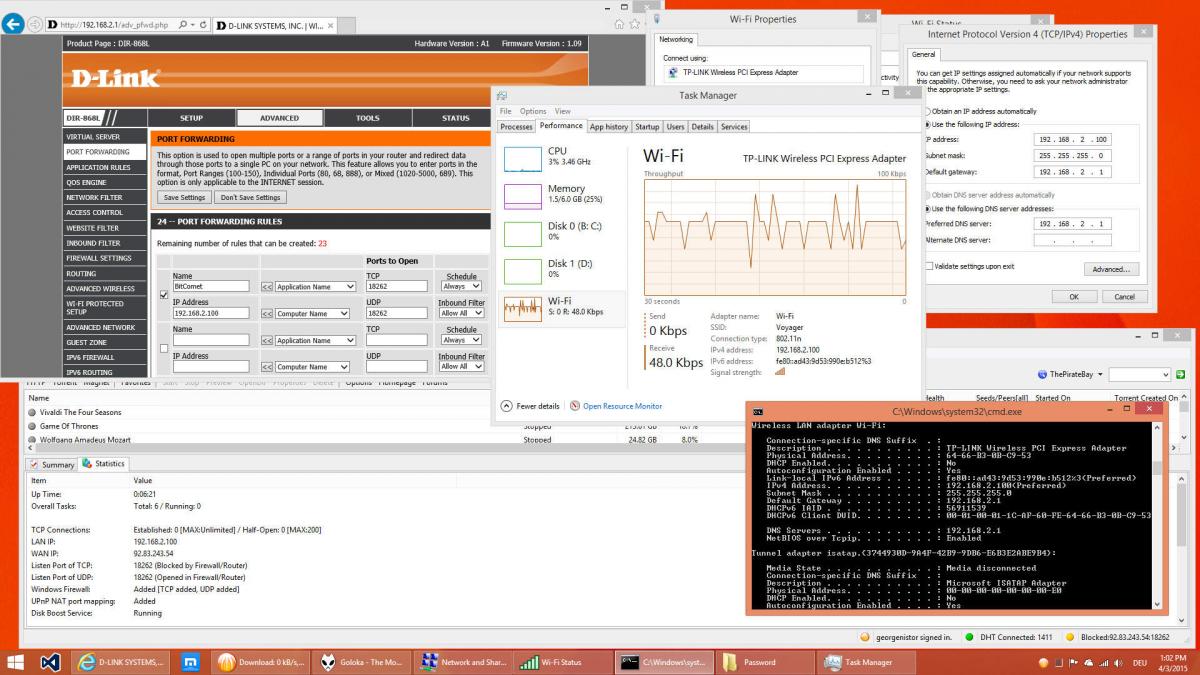

Firefox is a trademark of Mozilla Foundation. or its affiliates in the United States and other countries. NortonLifeLock, the NortonLifeLock Logo, the Checkmark Logo, Norton, LifeLock, and the LockMan Logo are trademarks or registered trademarks of NortonLifeLock Inc. LifeLock identity theft protection is not available in all countries. If you need to open any other ports for a different program or with a different rule, repeat the steps above using a different set of ports to open.The Norton and LifeLock Brands are part of NortonLifeLock Inc. If you want to disable the rule at any point, locate it in the list of Inbound or Outbound Rules, right-click it, and then click “Disable Rule.” In the final window, give your new rule a name and an optional, more detailed description. RELATED: What's the Difference Between Private and Public Networks in Windows? Public: When a PC is connected to an open network, like a cafe, airport, or library where anyone can join, and the security is unknown to you.Private: When a PC is connected to a private network, like a home network or a network that you trust.Domain: When a PC is connected to a domain controller that Windows can authenticate access to the domain.Next, choose when the rule applies and click “Next.” You can choose one or all of the following: If you try the more secure option and it doesn’t work, you can always come back and change to the less secure one. You can try that option, but many apps do not support it. If you want a little more piece of mind, the “Allow the connection if it is secure” rule uses Internet Protocol security (IPsec) to authenticate the connection. Note: For this guide, we’ll be using the “Allow the Connection” option, as we trust the connection for which we’re creating a rule. If you have a router on your network (which you likely do), you will also need to allow the same traffic through that router by forwarding the port there. Note: This article shows you how to open a port on a particular PC’s firewall to let traffic in. If you’re running something like a game server, you might need to open a port to allow that specific kind of traffic through the firewall. By default, most unsolicited traffic from the internet is blocked by Windows Firewall. Where an IP address shows traffic how to get to a particular device on a network, the port number lets the receiving device know which program gets that traffic. When a device connects to another device on a network (including the internet), it specifies a port number that lets the receiving device know how to handle the traffic. Sometimes, though, you’ll want to allow otherwise restricted traffic through your firewall. Firewalls are there to protect you from threats on the internet (both traffic from the internet and from local applications trying to gain access when they shouldn’t).


 0 kommentar(er)
0 kommentar(er)
